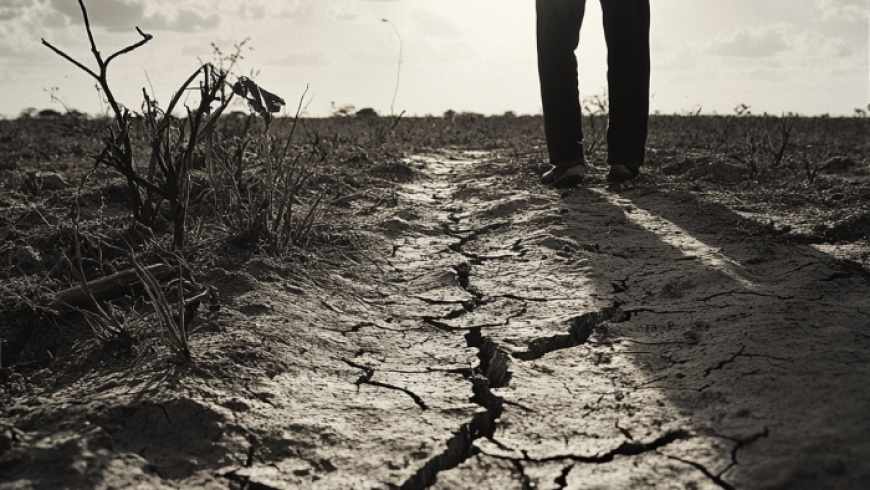
PwC: Offshore wind power still needs to turn promise into performance
16/5/2011 17:14
The offshore wind power industry has some way to go to prove it can take its place as a sustainable part of the energy mix, according to “Offshore Proof”, a survey commissioned by PwC of major players in the industry including developers, manufacturers and utilities firms.
Cost and technological track record remain major challenges. For example, despite support for major expansion in Europe’s North Sea, government bodies are split between positive and negative sentiment about offshore wind power.
- Nearly two-thirds of government bodies expect technological breakthroughs to occur that will prove offshore wind power’s worth but the same proportion also see a possibility that technological breakthroughs could work in favour of other renewable energy sources, leaving offshore wind power behind.
- Nonetheless, three-quarters are reasonably confident that it will play an enduring part in the energy mix in the coming 20 years and three-fifths expect it to be economic without subsidies within 15 years.
The coming five years will be a critical time for offshore wind power to turn promise into performance according to the analysis. But early experience of projects, as reported by developers, gives cause for optimism:
- European offshore wind projects are achieving comparable levels of availability to onshore
- Fewer than one in five reported downtime being a greater problem than they had expected with the remainder saying downtime matched their pre-project expectations
But the report points out that the biggest challenge facing the industry is to bring costs down to a range where offshore wind power can compete in the energy mix with little or no subsidy. On this point, the outlook among European contractors/ original equipment manufacturers (OEMs) on construction and turbine costs is positive but mixed:
- The greatest expectation (42% of contractor/OEM respondents) is of a real terms cost decrease
- But many do not foresee any reduction and, indeed, a quarter actually forecast real terms cost increases
Paul Nillesen, European Renewable Energy Leader, PwC commented:
“The jury is still out on just how far the offshore wind power cost curve can move downward. It is possible to envisage design and technological innovation reducing some aspects of cost significantly. But, unlike the dramatic reductions in small component electronics, much of the cost of offshore windpower comes from heavy engineering, steel and other raw materials inputs. Trends in commodity prices make it difficult to envisage major cost savings for these elements. Collaborative working models, perhaps facilitated by government, may be needed.”
Offshore Proof sets out six ‘make or break’ issues which will determine whether offshore wind power will prove itself over the coming years – cost reduction, construction risk and financing, supply chain management, grid access, investment attractiveness and regulatory certainty. The outlook is positive on some but more uncertain on others. For example:
• Risk and investment attractiveness: Among financial institutions, perceptions of offshore wind power risk as a barrier to investment are becoming more positive. Nearly two-thirds of the European financial institutions surveyed say offshore wind power investment risk has reduced in the past two years. Only a small percentage (9%) thought that risks had increased.
• Supply chain management: Nearly all (91%) developers said supply chain capacity constraints are a significant problem for offshore wind construction and 55% think supply chain risks are likely to increase in the future. But few thought it would be harder for them to manage such risk and two-thirds (64%) were satisfied with how they had managed such risk so far.
• Government support and regulatory certainty: The survey highlights a gap between government and industry expectations that will need to be bridged: 90% of the European utility company survey respondents say discussions between the industry and governments about financing and subsidy mechanisms still need improvement. No government respondents were of the same point of view. Set against this, there is considerable consensus on matters such as the need to improve grid access and transmission capacity.
Manfred Wiegand, PwC’s Global Utilities Leader, said:
“The coming few years will be make or break time in deciding whether offshore windpower will be able to get on track to prove its place as a source of large-scale power generation. There are many issues still to be resolved. One significant factor is the transmission infrastructure needed to carry this source of power to large centres of consumption. It is not just a matter of grid access. In Germany for example, major expansion of transmission networks is also needed but current planning processes can take more than a decade.”
Cost and technological track record remain major challenges. For example, despite support for major expansion in Europe’s North Sea, government bodies are split between positive and negative sentiment about offshore wind power.
- Nearly two-thirds of government bodies expect technological breakthroughs to occur that will prove offshore wind power’s worth but the same proportion also see a possibility that technological breakthroughs could work in favour of other renewable energy sources, leaving offshore wind power behind.
- Nonetheless, three-quarters are reasonably confident that it will play an enduring part in the energy mix in the coming 20 years and three-fifths expect it to be economic without subsidies within 15 years.
The coming five years will be a critical time for offshore wind power to turn promise into performance according to the analysis. But early experience of projects, as reported by developers, gives cause for optimism:
- European offshore wind projects are achieving comparable levels of availability to onshore
- Fewer than one in five reported downtime being a greater problem than they had expected with the remainder saying downtime matched their pre-project expectations
But the report points out that the biggest challenge facing the industry is to bring costs down to a range where offshore wind power can compete in the energy mix with little or no subsidy. On this point, the outlook among European contractors/ original equipment manufacturers (OEMs) on construction and turbine costs is positive but mixed:
- The greatest expectation (42% of contractor/OEM respondents) is of a real terms cost decrease
- But many do not foresee any reduction and, indeed, a quarter actually forecast real terms cost increases
Paul Nillesen, European Renewable Energy Leader, PwC commented:
“The jury is still out on just how far the offshore wind power cost curve can move downward. It is possible to envisage design and technological innovation reducing some aspects of cost significantly. But, unlike the dramatic reductions in small component electronics, much of the cost of offshore windpower comes from heavy engineering, steel and other raw materials inputs. Trends in commodity prices make it difficult to envisage major cost savings for these elements. Collaborative working models, perhaps facilitated by government, may be needed.”
Offshore Proof sets out six ‘make or break’ issues which will determine whether offshore wind power will prove itself over the coming years – cost reduction, construction risk and financing, supply chain management, grid access, investment attractiveness and regulatory certainty. The outlook is positive on some but more uncertain on others. For example:
• Risk and investment attractiveness: Among financial institutions, perceptions of offshore wind power risk as a barrier to investment are becoming more positive. Nearly two-thirds of the European financial institutions surveyed say offshore wind power investment risk has reduced in the past two years. Only a small percentage (9%) thought that risks had increased.
• Supply chain management: Nearly all (91%) developers said supply chain capacity constraints are a significant problem for offshore wind construction and 55% think supply chain risks are likely to increase in the future. But few thought it would be harder for them to manage such risk and two-thirds (64%) were satisfied with how they had managed such risk so far.
• Government support and regulatory certainty: The survey highlights a gap between government and industry expectations that will need to be bridged: 90% of the European utility company survey respondents say discussions between the industry and governments about financing and subsidy mechanisms still need improvement. No government respondents were of the same point of view. Set against this, there is considerable consensus on matters such as the need to improve grid access and transmission capacity.
Manfred Wiegand, PwC’s Global Utilities Leader, said:
“The coming few years will be make or break time in deciding whether offshore windpower will be able to get on track to prove its place as a source of large-scale power generation. There are many issues still to be resolved. One significant factor is the transmission infrastructure needed to carry this source of power to large centres of consumption. It is not just a matter of grid access. In Germany for example, major expansion of transmission networks is also needed but current planning processes can take more than a decade.”














 3287.99
3287.99 1275.09
1275.09
